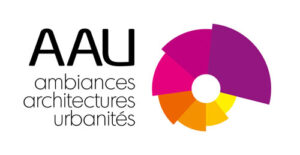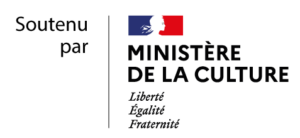Dr. Carsten Friberg - Assistant Professor, Aarhus School of Architecture, Danemark Dr. Guillermo Guimaraens Igual - Profesor Contratado Doctor (Maître de conférences en CDI, titulaire d'un doctorat). Département de composition architecturale, E.T.S. Architecture. Universidad Politécnica de Valence (Espagne) Dr. Juan José Tuset Davó - Professeur adjoint, École d'architecture d'Aarhus, Danemark
Web site : http://alteraction.wordpress.com/
Photos : © Carsten Friberg
Drawings by Hugo Antonio Barros de Rocha Costa, Profesor Ayudante, Departamento de Expresión Gráfica Arquitectónica at E.T.S.Arquitectura. Universidad Politécnica de Valencia.
Atmosphere is an ephemeral matter to work with. Just as inclusive the concept is it can also be very vague. We may easily have an idea of atmosphere related to places or geographical areas but when it comes to be more specific about what characterizing them it becomes much more complicated.
Thinking of differences between a Mediterranean and a Scandinavian atmosphere we would probably relate it to something about light and climate as well as the organization and use of public spaces. But what happens when we move into some more specific architectonic questions about Mediterranean and Scandinavian atmospheres?
In March we brought two groups of architectural students together in Valencia for a workshop on atmosphere – a Spanish group (including one Italian) from E.T.S. Arquitectura, Universidad Politécnica de Valencia and a Danish group (including students from Iceland, Norway, and Finland) from Aarhus School of Architecture.
The idea was to have the students working together on making some interventions in public places that could change the atmosphere of the specific place. The interventions were related to elements typical for the Spanish city.
Immediately observed was that the similarities between the Spanish and the Scandinavian students were far more obvious than the differences. The architectural agenda was established immediately across geographical differences as well as educational – the Spanish institution being a technical university and the Danish within a beaux arts tradition. Perhaps the immediate community also is related to the atmosphere of the workshop being open, curious and creative. Atmosphere is, apart from being about the physical environments, very much a matter of human relations.The human element was perhaps the determining part of the interventions. While decided about and performed within three days it didn’t leave much room for physical interventions beyond some simple objects. An observation was how surprisingly strong an intervention it took to provoke a response from the bypasses. An interaction appeared easier to create when objects were involved though an invitation to interact may be implied.
Of course, a week of workshop does not give many answers but rather raise more questions for future experiments. Reflecting on the more specific architectonical elements responding to the Mediterranean and Scandinavian atmospheres could perhaps draw attention to the importance of the bodily intervention for both what it does to a place and as an element of working with atmospheres. We react to the bodily presence of people both explicitly and implicitly as we are constantly interacting with other people and the presence of people means a lot to the atmosphere. Also, the bodily presence is a way of analyzing a place as it reveals a lot about how it is perceived and used and what can be done to it. This introduces questions of how we perceive; both about how we perceive atmospheres of geographical different places and whether we have to perceive bodily when discussing atmospheres i.e. by acting, moving, and activating all senses.



